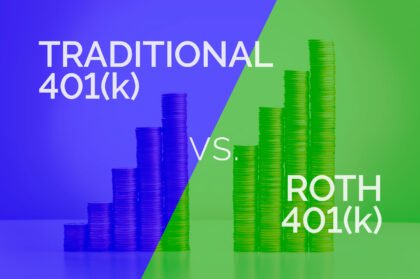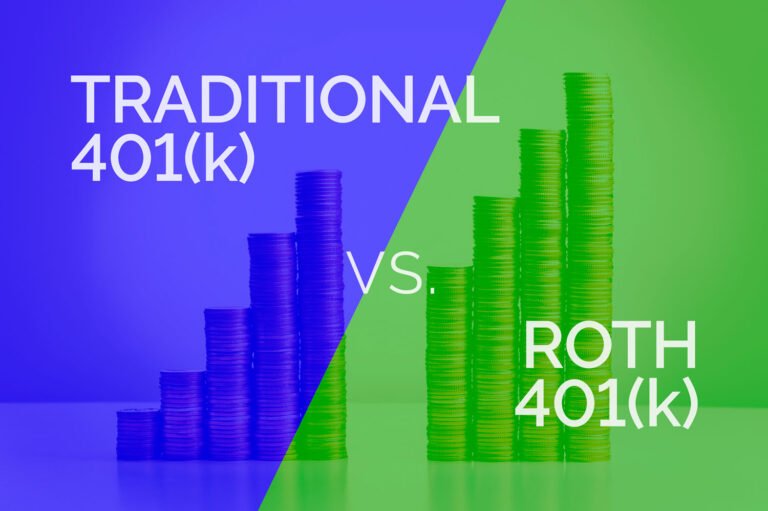Hello, fellow financial explorers! Today, we’re diving into the fascinating world of credit scoring, with a particular focus on the superstar of the game: the FICO Score. Think of it as your financial passport, the key that opens doors to a world of borrowing and lending. Let’s break down this essential three-digit number and understand how it influences your financial journey.
Table of Contents
FICO Score: The Financial Report Card
Imagine the FICO Score as a report card, but instead of grading you on your schoolwork, it evaluates your financial behavior. This three-digit number, ranging from 300 to 850, summarizes your creditworthiness. Lenders use it to decide whether to approve your loan application and at what interest rate. The higher your score, the better your financial report card looks.
The FICO Score Recipe
Your FICO Score is like a recipe with several key ingredients:
Payment History (35%)
Think of this as the flour in your baking mix. It’s the largest component and reflects how well you’ve managed your payments, like credit card bills, loans, and mortgages. On-time payments give you a perfect base.
Credit Utilization (30%)
This is the sugar in your recipe. It represents how much of your available credit you’re using. Keeping it low, ideally below 30%, is like adding just the right amount of sweetness.
Length of Credit History (15%)
Your credit history is like the yeast that makes your financial dough rise. It indicates how long you’ve been using credit. A longer history usually boosts your score.
Credit Mix (10%)
Imagine your credit mix as the various ingredients in your recipe. It’s good to have a mix of credit types, such as credit cards, loans, and mortgages, but don’t overdo it.
New Credit (10%)
Just as adding too much baking powder can ruin your recipe, opening too many new credit accounts can impact your score. It’s essential to be mindful of how often you apply for credit.
Why FICO Scores Matter
Your FICO Score is like your financial reputation. It can affect various aspects of your life, including:
- Borrowing: Lenders use your FICO Score to assess your creditworthiness and decide whether to lend you money. A higher score often means better loan terms.
- Interest Rates: When you borrow, your FICO Score influences the interest rates you’re offered. A lower score can mean higher interest rates, which can cost you more money over time.
- Renting and Employment: Landlords and potential employers may check your FICO Score to assess your reliability and financial stability.
- Insurance Rates: Some insurance companies use your credit score to determine your rates. A lower score might result in higher premiums.
Improving Your FICO Score
If your financial report card could use a boost, there are steps you can take to improve your FICO Score:
- Pay Your Bills on Time: This is like acing the most critical exam. Make on-time payments a priority.
- Manage Credit Utilization: Keep your credit card balances low relative to your credit limits.
- Maintain a Healthy Credit Mix: Don’t be afraid to use different types of credit, but be responsible.
- Check Your Credit Report: Regularly review your credit report for errors or inaccuracies that might be affecting your score.
- Limit New Credit Inquiries: Be cautious about opening too many new credit accounts in a short time.
In Conclusion
Your FICO Score is the key that unlocks doors in the financial world. By understanding how it’s calculated and taking steps to improve it, you can open up more opportunities for borrowing, lending, and achieving your financial goals. Treat it like your financial report card, and use it as a tool to shape a better financial future. Happy financial exploration!


